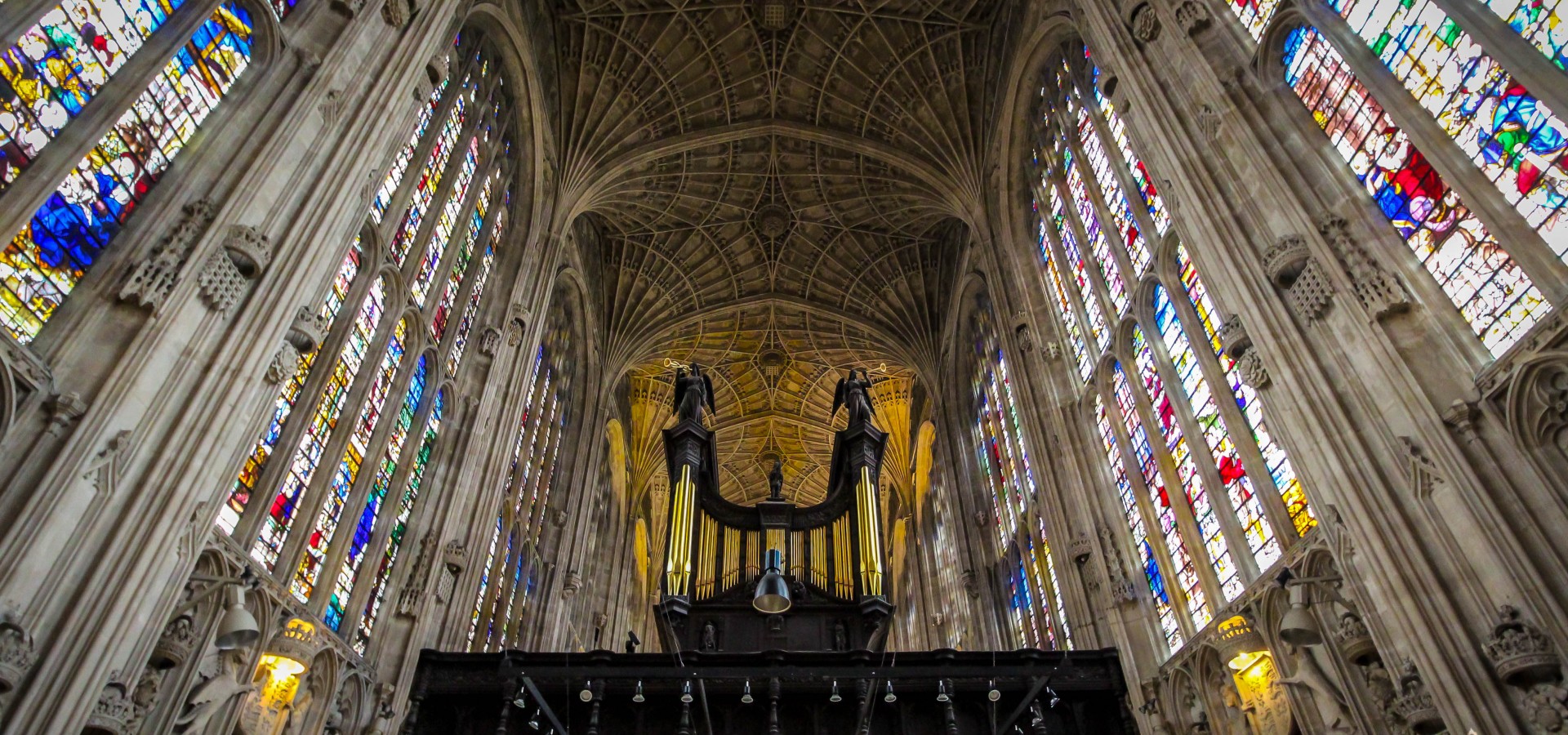There are fewer more beautiful cities on the planet than the spectacular University town of Cambridge. Having mercifully escaped the bombs of the Second World War, Cambridge has been allowed to develop while maintaining most of its timeless charm. Many in the city will tell you that terrible town planning decisions made in the 1970s and 80s, led to the demolition of the mediaeval centre of town and the Victorian Kite ward. However, a visitor to the city will notice only the ancient colleges, churches and streets that make Cambridge a truly stunning place to visit.
Colleges
As soon as you pass Magdalene College’s fabulous mediaeval stone and red brick First Court in the northern end of the City, what follows is a non-stop barrage of grand college structures that illustrate the illustrious history of the city’s academic character. With more than 800 years of history, the University of Cambridge dominates the town. There are many standout colleges, but two command the attention of most visitors. Situated on the street named after it, Trinity College is the largest and grandest of them all. Founded in 1546 by Henry VIII, Trinity is the richest college in Cambridge and has the grounds to match. The spacious Great Court is surrounded by fantastic architecture and in front of the Great Gate is an apple tree descended from the one that taught Newton a lesson in Gravity. The most famous college is King’s, another large complex with various grand structures. The biggest draw for tourists is the world renowned King’s College Chapel. Taking almost a century to complete through the reign of several kings, the chapel is a masterpiece of Gothic architecture with its fan-vault ceiling and huge perpendicular stained glass windows.
Churches
The University of Cambridge was founded by holy men, but the city itself also has a monastic history. While Cambridge has Roman beginnings, it was the foundation of the powerful Barnwell Priory in the 11th century that brought wealth and status to the city. The Leper Chapel that was connected to the priory held the annual Stourbridge Fair, that ran for 800 years from 1211 and was the largest fair in mediaeval Europe. Although only three structures survive from the Augustinian priory, there are many other mediaeval churches still standing that are well worth seeing. The most well-known is the beautiful little Church of the Holy Sepulchre, better known as the Round Church. Inspired by the Church of the Holy Sepulchre in Jerusalem and built in 1130, it is one of only four mediaeval round churches in the UK. One of the lesser known churches in the city is the diminutive St Edmund’s on Castle Hill. The pretty Norman structure is now redundant and cared for by the Churches Conservation Trust, but is a perfect little church in a lovely setting.
The Backs
While walking around the city, through its tight ancient streets, is a fine way to see Cambridge, taking a punt along The Backs of the River Cam affords visitors an iconic view of the colleges that cannot be missed. Punting became particularly fashionable during the Victorian era, but the flat bottomed boats, propelled by pole, were first introduced by the Dutch when they drained the nearby fenlands in the 17th century. Today, the practical transportation has become the quintessential thing to do in Cambridge and is big business. Taking a punt tour, or having a go yourself without a chauffeur, is a must. Passing the colleges Magdalene, St John’s, Trinity, Trinity Hall, Clare, King’s and finally Queen’s, you can see the best side of the beautiful buildings and grounds of the colleges. The fantastic Bridge of Sighs at St John’s and the oldest bridge in the city at Clare College can only be seen from the river. The view of King’s College Chapel is so stunning, you will understand why the river was redirected in the 19th century to bring it closer to the college. The leisurely meandering down the Cam, possibly accompanied with strawberries and champagne, is a blissful way to spend a summer’s day.
Tom Billinge is the founder of The Temple Trail, but actually hails from Cambridge. The city in many ways helped shape Tom’s love of history, culture and travel.




